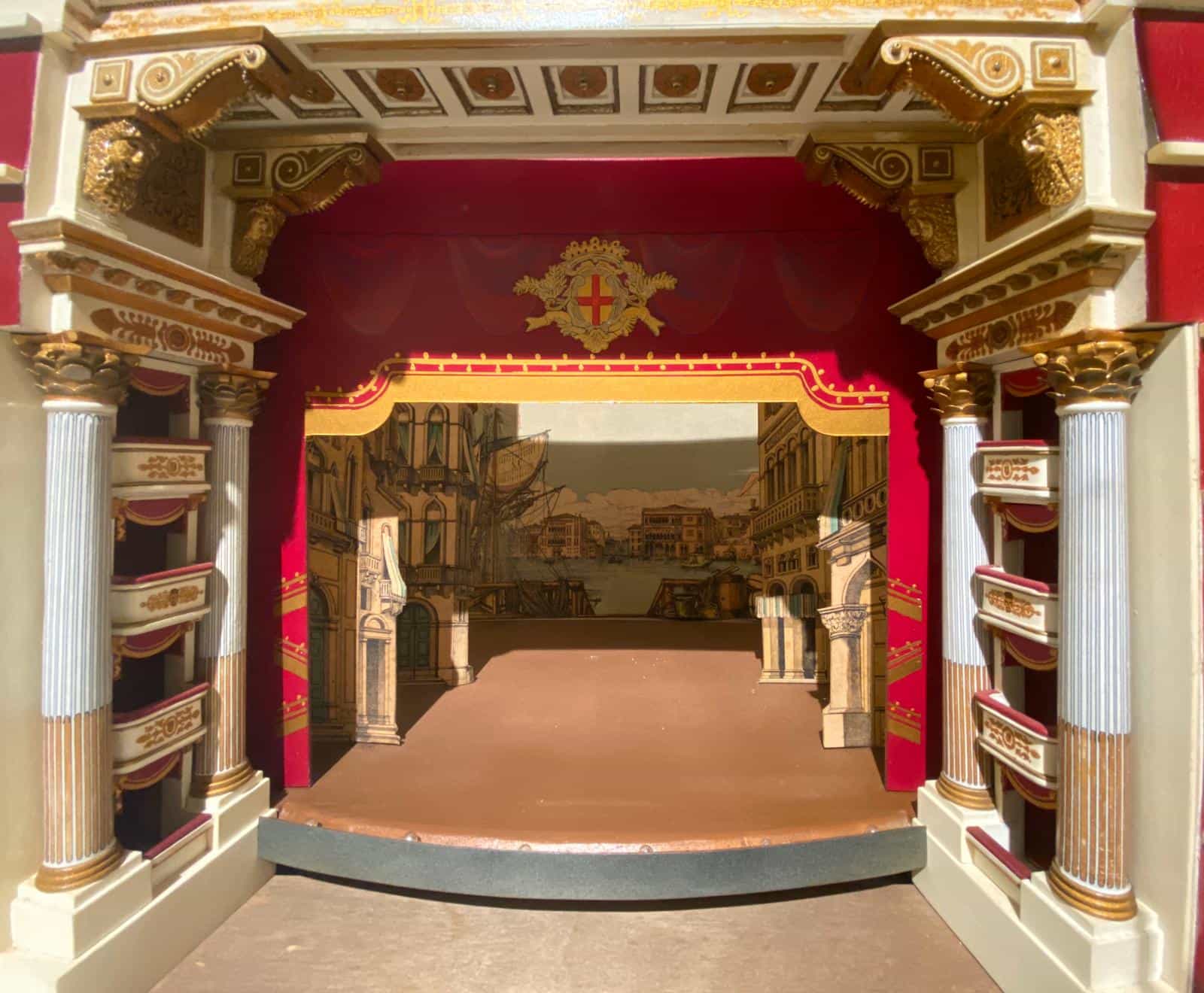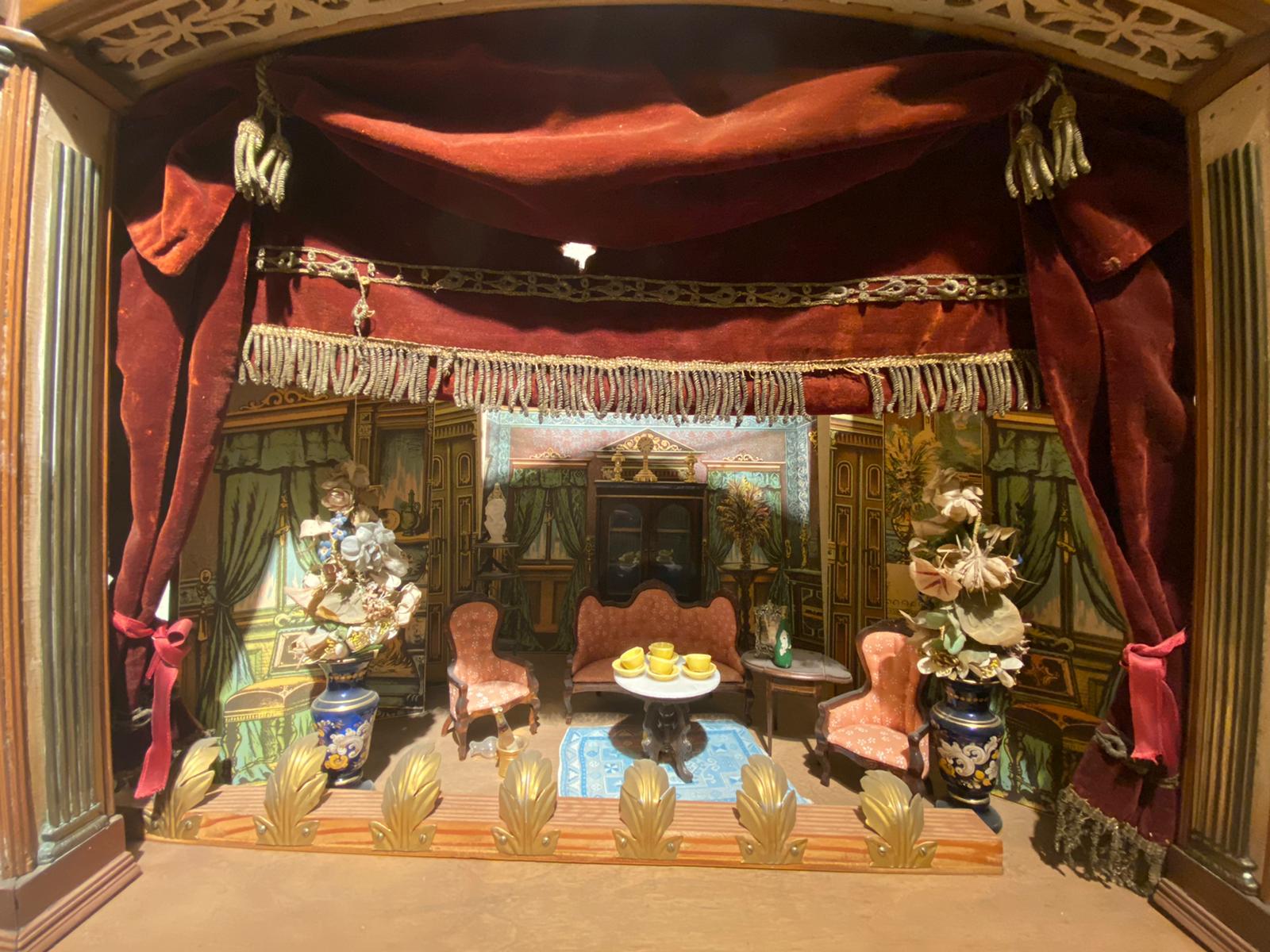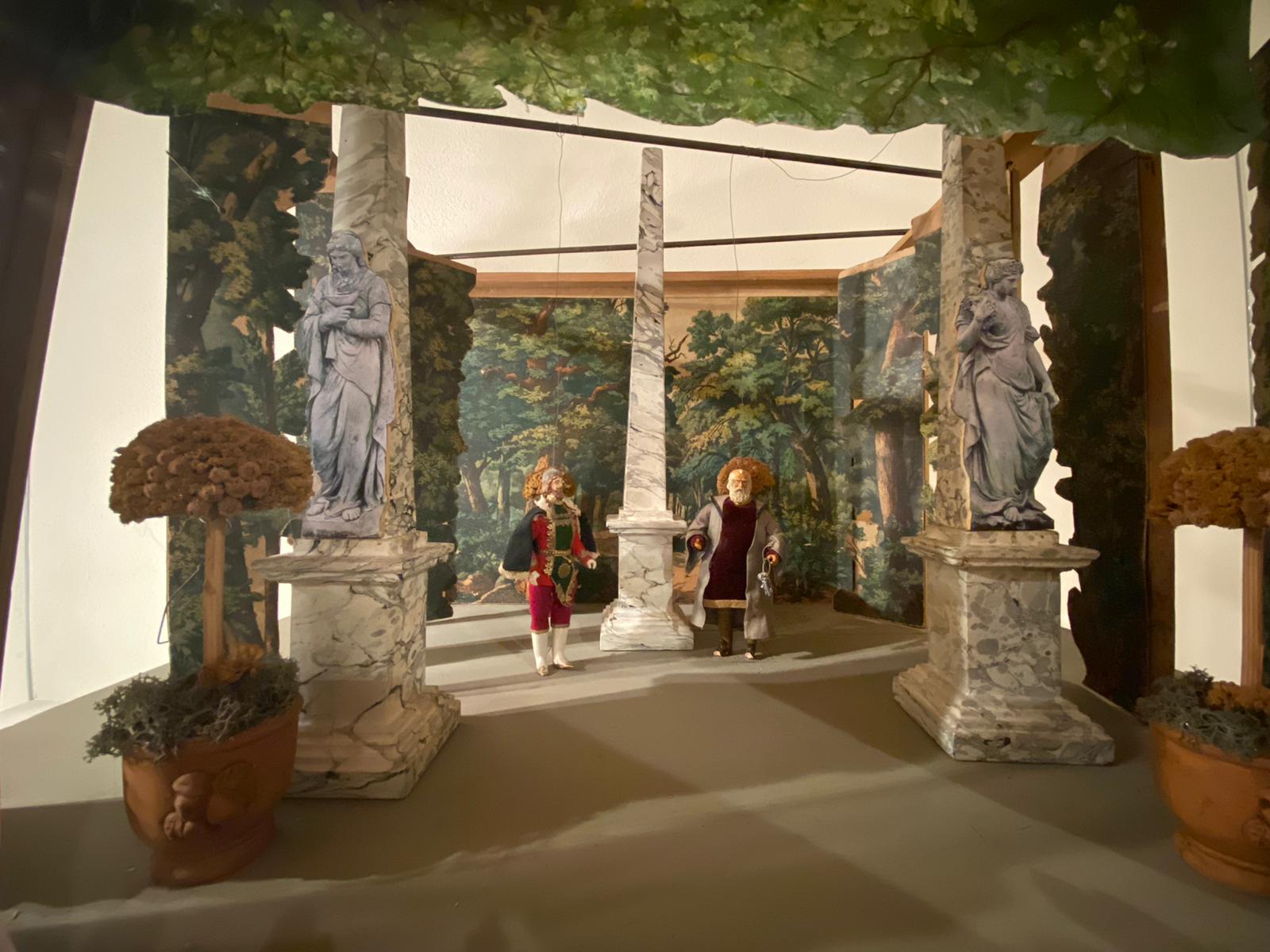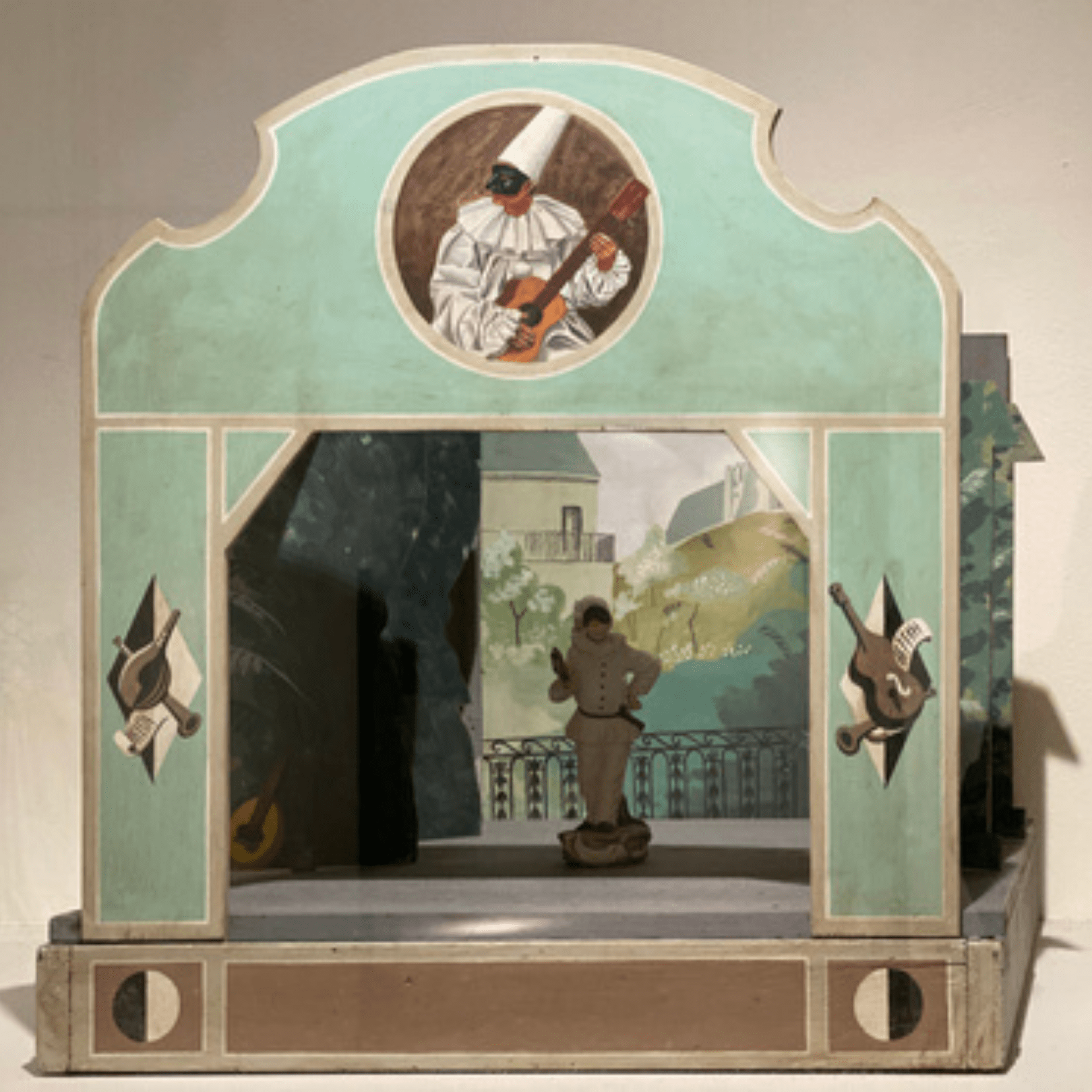

The Guiso Museum
The enchanting collections of the Sardinian aesthete and patron who conquered the greatest artists of his time.
Orosei, a picturesque medieval village of just over 7000 souls, is located in the ancient suburb of the Baronies on the east coast of Sardinia. In 1388 the signing of peace between the Crown of Aragon and the Giudicato of Arborea sees the Guiso family thriving and gaining more and more power
and prestige among the local nobility, eventually seizing control over the territory. It is from this ancient lineage that in 1924 one of the most interesting figures of the Sardinian twentieth century was born: Don Giovanni Guiso.
Comparable to that of the Fortunys, the history of Guiso intertwines with some of the most important personalities of the time and his contribution to art, with the establishment of his impressive collections and archives, leaves his mark forever not only on the cultural heritage of Orosei but also of the entire nation.
Raised in a noble family with a refined taste for art, theater, fashion and antiques, Guiso leaves the island to attend the salons of Paris, where he has contacts with André Pieyre de Mandiargues and the Surrealists, then to establish his residence in Siena at the famous Villa L'Apparita. Designed in the sixteenth century by Baldassarre Peruzzi and embellished by one of Pietro Porcinai's most important gardens, the villa becomes a place for memorable meetings and lively conversations. Here the Sardinian patron will host many of the most important personalities of the twentieth century: Ezra Pound, Eugenio Montale, Italo Calvino, Mario Luzi; directors such as Franco Zeffirelli and Roman Polanski, artists such as Pablo Picasso, Salvador Dalì, Henry Moore, Mick Jagger, Cecil Beaton and Emilio Pucci.
The love for the city of Siena though never weakens the close link with his hometown. There are many generous actions carried out in favor of Orosei: one of these is the donation of the most important collections of miniature theaters in the world, now preserved in the splendid Museum dedicated to him, which brings together precious specimens dating back to the eighteenth century.
The impressive collection of miniature stages includes very rare pieces from the Venetian, French and Florentine schools and various theaters from Germany. Among these, one example in particular is characterized by the setting up of Manon Lescaut's living room with silk armchairs, Tiffany silver, Chinese porcelain, a ceramic stove, the hand-carved frames by the artisans of the Bartolozzi and Maioli workshop in Florence, the proscenium decorated with a precious nineteenth-century gilt tablet seal.
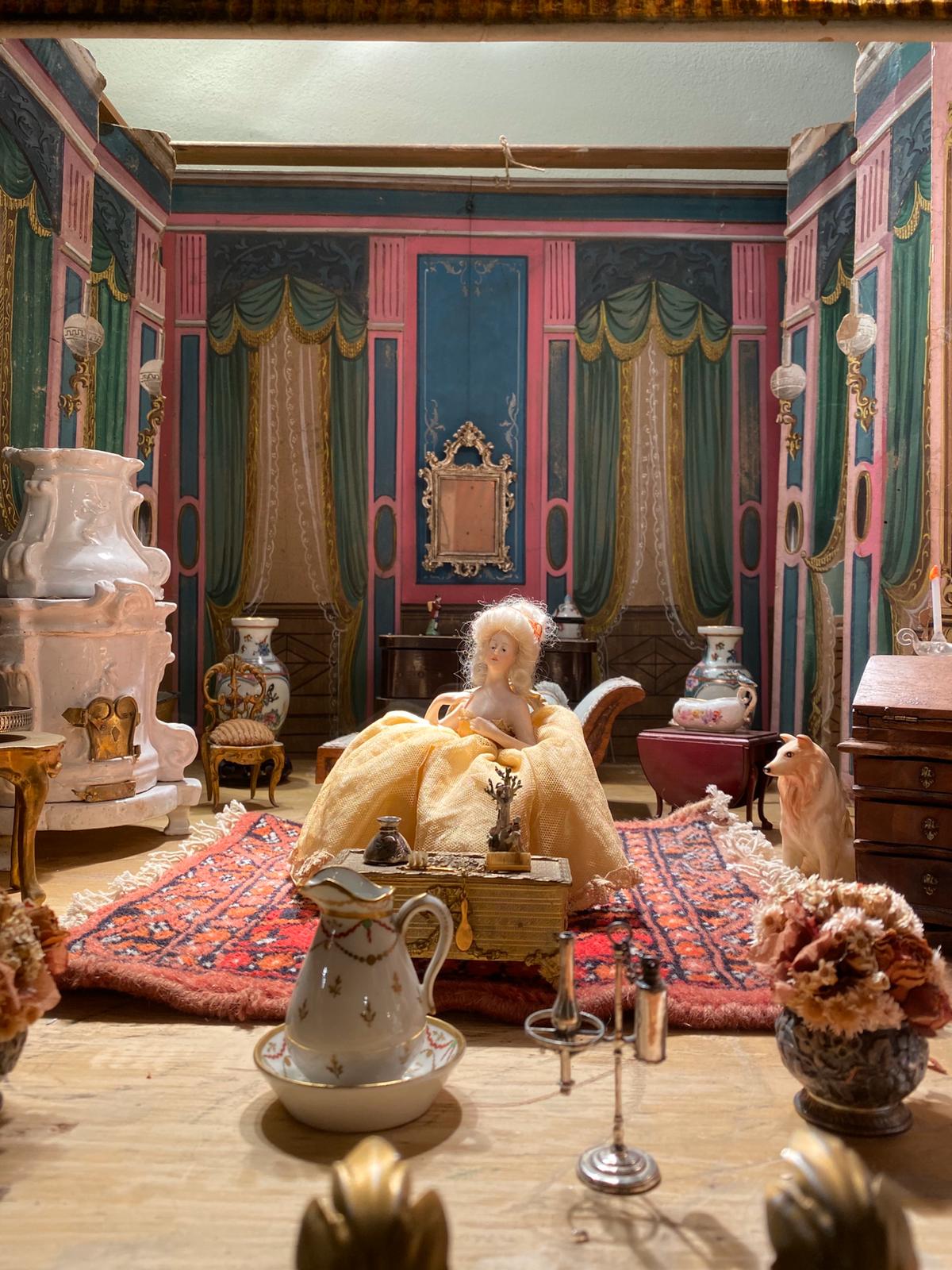

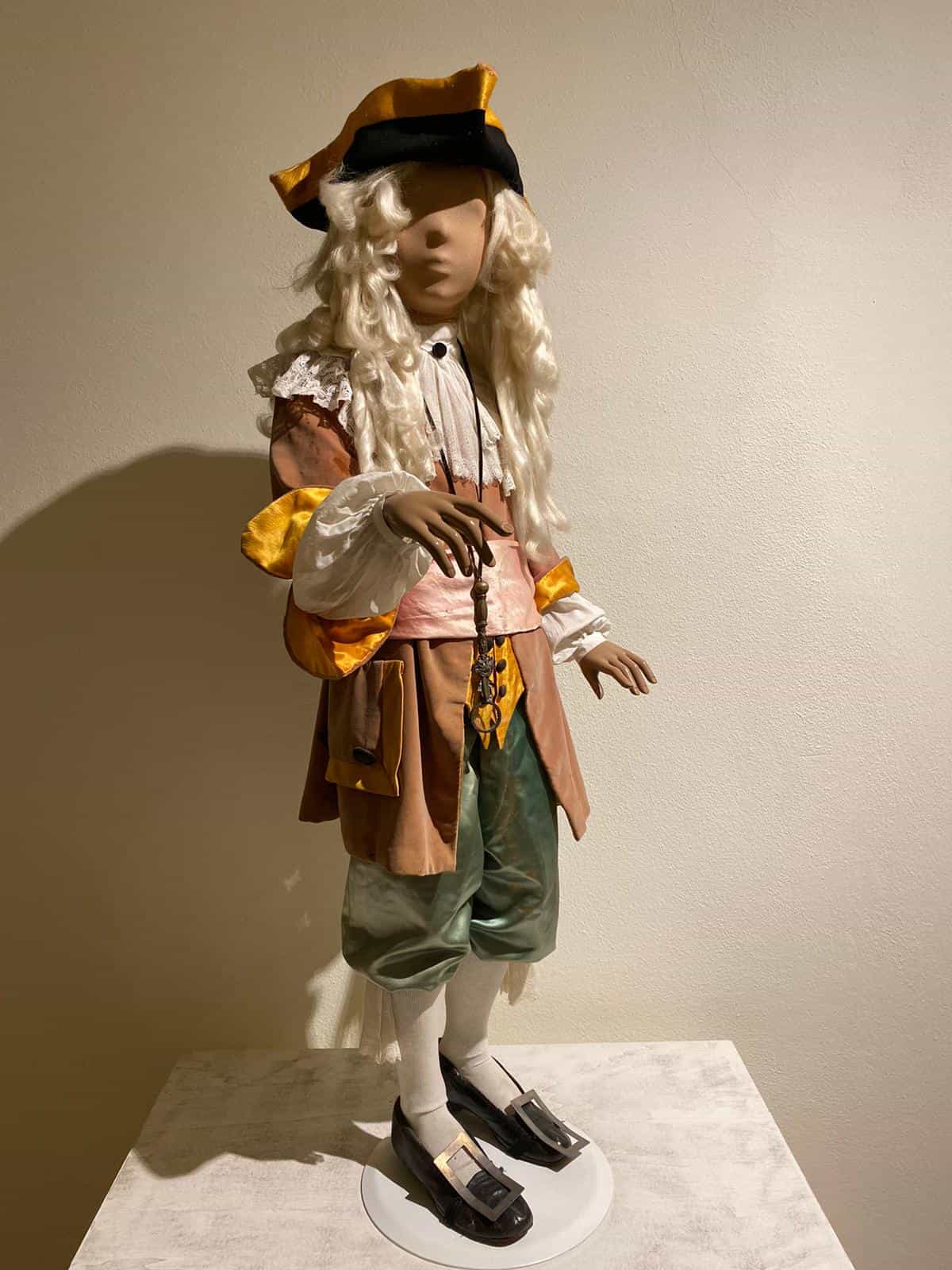
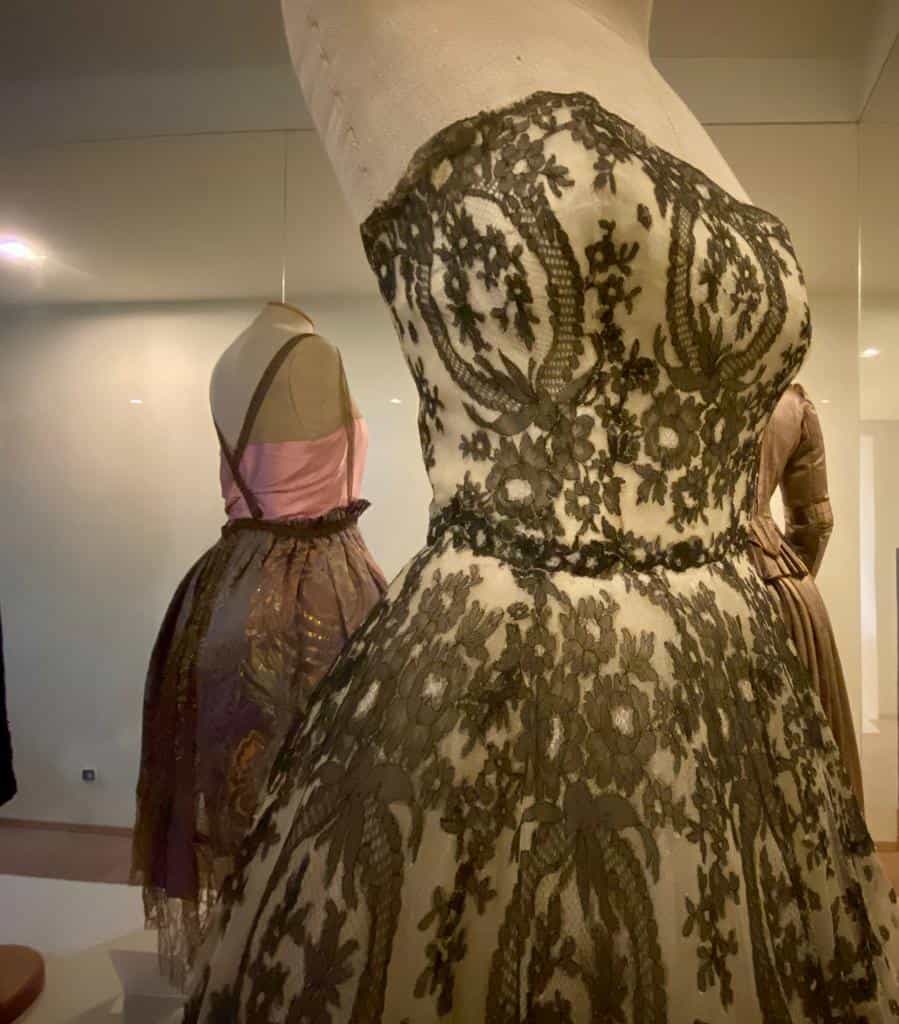

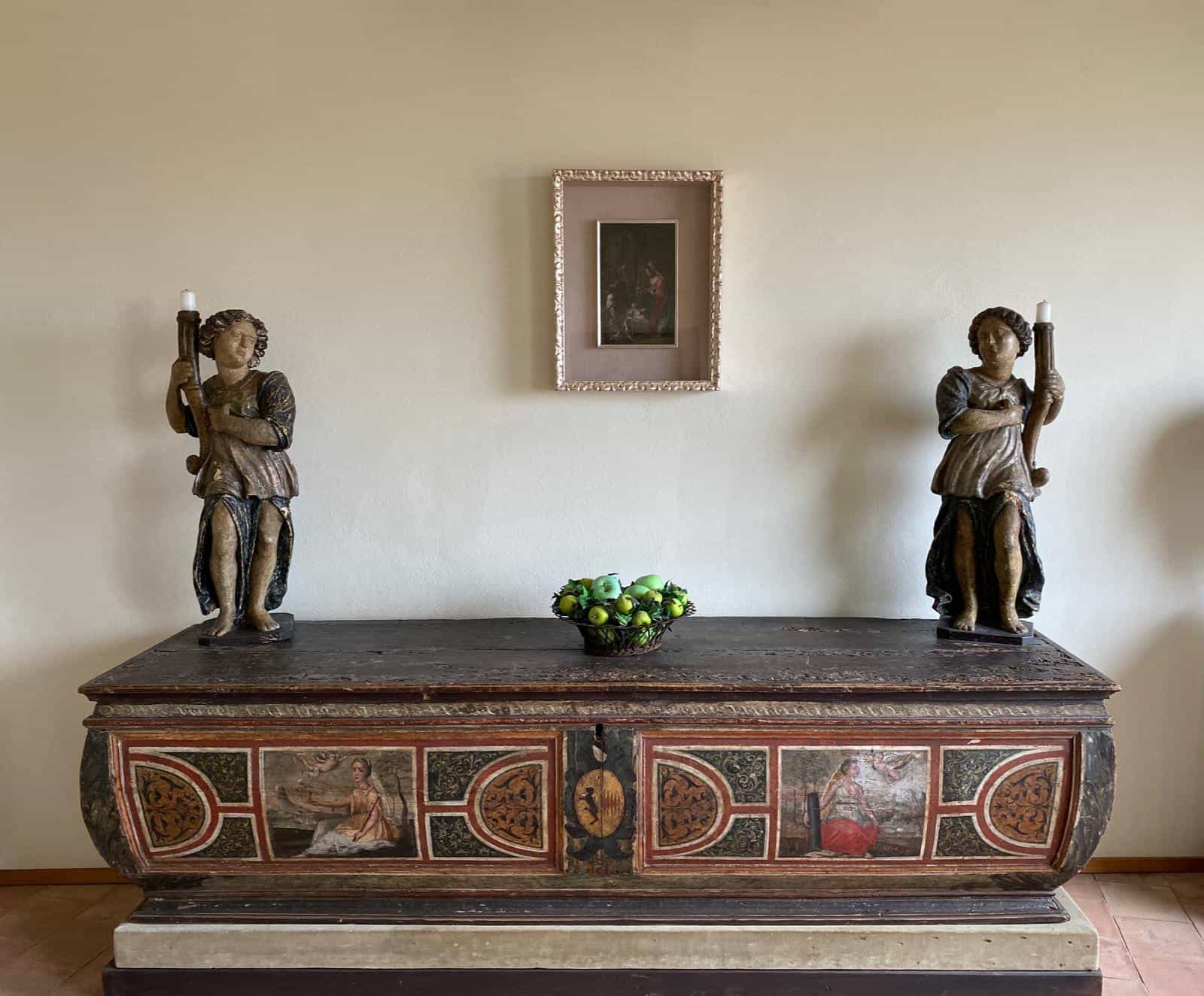
The museum is housed in an elegant seventeenth-century building renovated by architect Vittorio Gregotti; every corner exudes an air of other times, especially the evocative cloister and a courtyard with a lush Mediterranean garden. In addition to the exhibition of miniature theaters, it is possible to visit the costume gallery with pieces by Dior ( where his mother Baroness Concetta Guiso Satta and his grandmother Donna Antonietta used to purchase their gowns), from the Parisian atelier Soeurs Callot,
a real temple of the Haute Couture in the Liberty
period (cited by Marcel Proust, where which artists such as Madeleine Vionnet were trained) theatrical costumes worn by Rudolf Nureyev, historical models of Valentino, Gigliola Curiel, Capucci, Versace and Patou.
It is also possible to view various works of art such as seventeenth-century paintings and fine antiques, a collection of drawings and engravings of the Roman School, an archive fund with books and codes dating from 1500 to the present day.
Each element of the museum refers to the charismatic figure of its founder, who made considerable efforts to bring world-class cultural events to Orosei such as the exhibitions on Man Ray, Marcel Duchamp, the Blaue Reiter and the exhibitions with works by Rodin, Giacometti, Picasso among others, they make him one of the most important men of culture in the history of his city.
Currently the Museum is run by Pro Loco of Orosei and we hope that together with the L’Ormeggio Cultural Center and the Centro Studi Guiso can start a new season of successes and initiatives on a national and international scale
Text: Madel Nieddu
